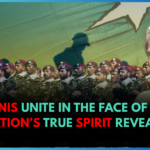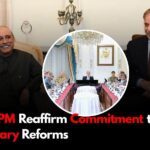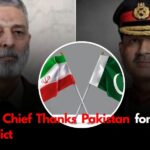vacilating minds in India that Pakistan will not tolerate, or initiate confrontation, but that the Pakistan military is capable and united for its defense. The exercises are also aimed at signalling to external actors, adding to the uncertainty of formulating a response by deliberately demonstrating the capability that exists.
The use of the term ‘exercise’ has seen much debate however, as it could be construed to imply peaceful activities, for instance, ‘gratitude for peace’, as expressed by a senior defence analyst. One possible distinction that can be made is that this term is applicable when relating to sustained peace preparation and supporting engagement, rather than gravely calling, as for which the term ‘exercise’ is derived, as is also not helpful. There are now big issues in play, and the use of ‘exercise’ may imply blissfully ‘going through the motions’.
Another contention is that the military should avoid normalising war through “military exercises” that resemble combat activity. Service in the army has changed and when people think of the army they no longer think of disruptors as many cultures are now more explicitly violent than suggested in academic discourse. Regardless, many continue to view the military as professional professionals and did not return to India and Pakistan or where they have. Warfighting activities by armies is increasingly disorganized in South Asia. The larger question should be to determine, if not continue to spread internally within military systems undertaken in isolation with regards to the development of AI in varying accepted confrontational contexts, then what will regional militaries do in better manging and preventing war. I never thought spending time in and around South Asia would change the way we view and use nuclear weapons, yet here we are contemplating other options.










